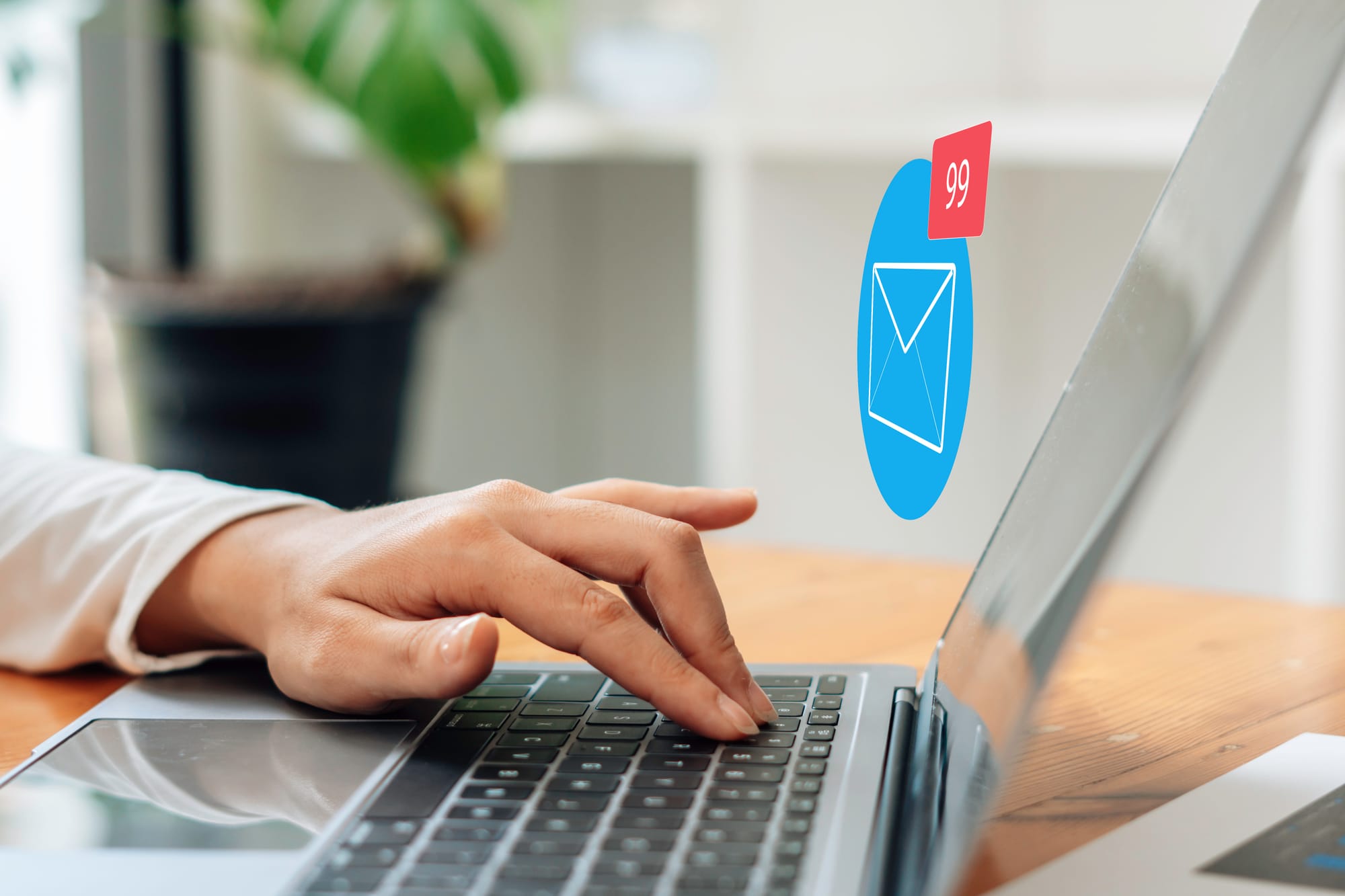Integrating Email Forwarding Into Your Workflow: A Step-By-Step Guide
Feeling inundated by a constant influx of emails? Does your inbox resemble a never-ending to-do list, perpetually overflowing with messages vying for your attention? If so, you're not alone. Email overload is a common challenge in today's digital age, negatively impacting productivity and focus.
However, a simple yet powerful solution is at your disposal: email forwarding. By strategically directing emails to specific folders or other accounts, you can regain control of your digital environment and significantly improve your business operation.

Consider this guide your roadmap to mastering email forwarding comprehensively. It digs into the technical aspects, explores various applications, and equips you with the knowledge to harness this tool effectively. If you need assistance, keep ForwardMX or another email forwarding service in mind as a potential resource for support, keeping your inbox organized.
Understanding Email Forwarding
Email forwarding involves automatically redirecting incoming emails from one address to another. Think of it as creating a mail forwarding service for your digital inbox, where received mail seamlessly reroutes to your designated destination.
But email forwarding offers more than just basic redirection. Here are the different types and their benefits:
- Basic forwarding - This simple method sends all incoming emails to a new address. It's ideal for consolidating multiple inboxes or keeping personal and professional messages separate.
- Conditional forwarding - You can set specific criteria (e.g., sender, subject, keywords) to only trigger forwarding for relevant emails. Perfect for filtering out promotional clutter and focusing on what truly matters.
- Filter-based forwarding -Combine the power of filters with forwarding to send emails based on complex criteria. Categorize projects, automate tasks, or route urgent messages instantly.
Understanding these variations unlocks the true potential of email forwarding, a valuable insight for a very busy business leader. It can transform your inbox from a chaotic dumping ground into a well-organized system. This strategy enables you to efficiently prioritize tasks, boost productivity, and reclaim control of your digital life.
Setting Up Email Forwarding
Are you convinced that email forwarding can be your productivity ally? Here's how to set up this system:
- Choosing your provider - The first step is selecting the right email provider. Popular options like Gmail, Outlook, and Yahoo Mail all offer forwarding functionalities, but their specific features and interfaces may differ. Consider factors like ease of use, available forwarding options, and integration with other tools you utilize.
- Selecting your forwarding strategy - Next, decide on the best method that suits your needs. Basic forwarding reroutes all emails, while conditional forwarding allows you to set criteria (sender, keywords, etc.). Filter-based forwarding offers even more granular control, letting you create intricate rules for targeted email distribution.
- Fine-tuning your system - Explore the additional settings offered by your chosen provider. You can keep a copy of forwarded emails in your original inbox, mark them as read or even set up an autoresponder for when you're unavailable. These options allow you to customize your forwarding system further and optimize it for your specific workflow.
With these steps in mind, you're well-equipped to configure your email forwarding and transform your inbox into a streamlined command center for productivity. Remember that the specific instructions may vary slightly depending on your chosen provider, but the core principles remain the same. So, choose your tools, pick your strategy, and prepare to conquer the challenges of efficient email management!
Integrating Forwarding With Your Workflow
Now that your email forwarding system is operational, it's time to integrate it seamlessly into your daily workflow. Here are some key strategies:
- Filtering and organization - Harness the power of filters to categorize and organize your forwarded emails. Create specific labels or folders based on sender, subject, keywords, or relevant benchmark. This approach helps you locate essential messages instantly and keeps your inbox clutter-free.
- Integration powerhouse - Extend your forwarding capabilities by connecting it with other productivity tools. Many collaboration platforms can automatically generate tasks from forwarded project emails, while others can trigger actions based on specific email criteria. This automation streamlines your workflow and eliminates repetitive tasks.
- Control and overload prevention - While it can be tempting to forward everything, resist the urge! Set clear rules and criteria to ensure only relevant emails get redirected. Review and adjust your forwarding settings to prevent information overload and control your digital environment.
Implementing these strategies will transform email forwarding from a simple tool into a powerful ally, boosting your productivity and reclaiming control over your digital life. Remember, the key lies in customization and adaptation – tailor your forwarding setup to your specific needs and workflows for optimal results.
Advanced Tips And Tricks
Ready to unlock the full potential of your email forwarding prowess? Here are some advanced techniques:
- Forwarding emails with attachments - While most email providers handle attachments seamlessly, some may require manual selection. For large attachments, consider cloud storage services to avoid exceeding size limitations.
- Securing sensitive information - When forwarding confidential data, prioritize information security. Encrypt sensitive emails before forwarding or consider password-protected email services for an added layer of protection.
- Troubleshooting common issues - Encountering delivery failures, incorrect addresses, or spam filter issues? Double-check your forwarding rules, verify recipient addresses, and adjust spam filter settings if necessary. Most providers offer support resources to assist with technical troubleshooting.
- Forwarding entire email threads - For comprehensive context, consider forwarding entire email threads, especially for ongoing conversations or complex projects. This approach ensures all relevant information reaches the intended recipient.
- Legal considerations for business emails - When forwarding business emails, it's crucial to consider legal implications, especially in compliance, such as HIPAA for sensitive healthcare information. Be vigilant about any legal or regulatory requirements that may be applicable. It's advisable to seek guidance from your organization's legal counsel to ensure adherence to these standards.
By incorporating these valuable tips and strategies, you can confidently elevate your email forwarding skills and navigate even the most complex situations. Remember, continuous exploration and adaptation are critical. Experiment with different techniques and refine your setup to create an email forwarding system that perfectly aligns with your unique needs and professional requirements.
Final Thoughts
Email forwarding goes beyond just redirecting emails. It leads to better workflows, increased productivity, and digital control. It can turn your chaotic inbox into an organized command center when used thoughtfully. Tailoring your system and exploring what it can do is the trick. So, dive into mastering email, use forwarding wisely, and watch your productivity soar!

